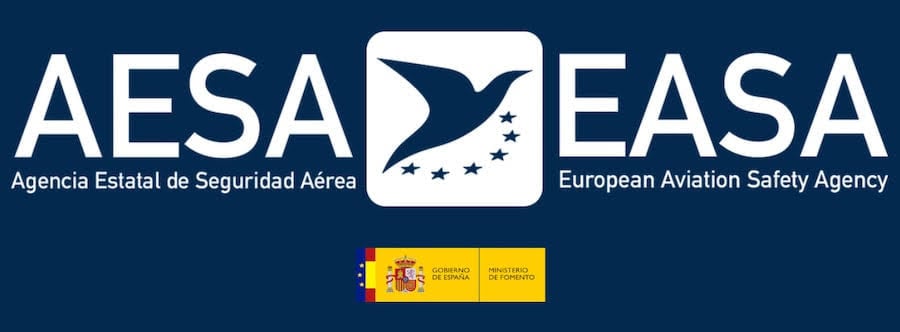Why are there letters and numbers on airport runways?
Air travel has become increasingly popular as a means of transport in recent years, which has led to the need for larger and more complex airports.
So, imagine you are a commercial pilot and you are preparing to land, which runway should you land on? For this reason, runways are designated with a number, for easy identification.
But that’s not all, my friend, what do those numbers mean? No, they don’t indicate how many runways there are, nor are they randomly chosen numbers. You know that, in aviation, everything is a bit more complex.
So what do these numbers on runways mean?
The numbers on the runway, officially known as designators, indicate the runway heading, always in magnetic degrees and rounded to the nearest ten.
So, if the magnetic bearing is 73º, the runway will be designated with the numbers 07.
For this reason, logically, the designators or numbers on the runway can only vary between 01 and 36.
And what about the letters on the runway?
At larger airports, where there may be one or more parallel runways, letters are also used. The letter L will be used to designate the leftmost runway; and the letter R will be used for the rightmost runway.
In the case of three parallel runways, the letter C is used to designate the central runway.
In addition, these numbers and letters shall always be placed at the ends of runways and runways, so that pilots can easily identify them from the air.
Runway numbers at Malaga Airport
Now that you know how runway numbers are established, it’s time to practice with the case of Malaga airport, LEMG.
At Malaga, the airport runways have the following magnetic bearings: 119º, 299º, 133º and 313º. What are their designators?
Easy. The 119º runway is designated with the number 12; the 299º runway, with the number 30; the 133º runway, with the number 13 at its head; and finally, the 313º runway is designated with the number 31.





